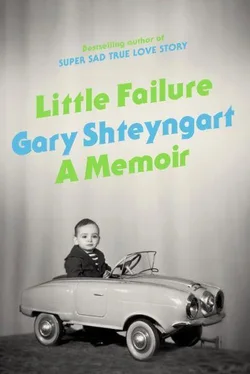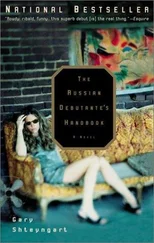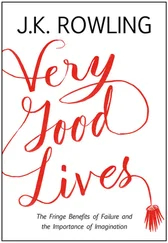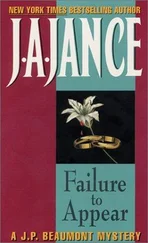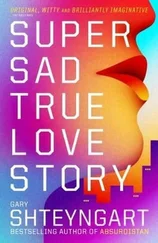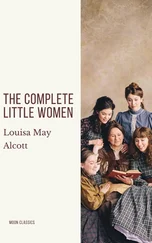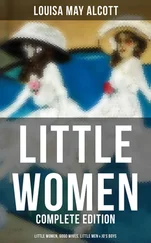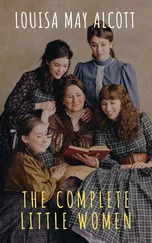My mother’s first memory: walking through the ruined streets of postwar Leningrad with her aristocratically thin, ever-ailing economist father, a cigarette stamped permanently into his mouth, as he dragged along twenty cans of sgushchyonka to send to her uncle, the prisoner, thinking, How lucky Uncle Aaron must be that he gets to eat twenty cans of condensed milk!
There is a picture of my mother at the time. She is about four years old and as chubby as I’ve ever seen her, smiling underneath a pleasant brown bob. Born months after the war ended to a family with decent connections and a decent flat, she will one day join that ever-ephemeral phenomenon, the Russian middle class. The picture is one of several of my mother being young and happy — at the Thanksgiving dinner she takes me to my upstairs bedroom with these photos and says, “Look how happy my family looked by comparison to his ,” meaning my father’s. Indeed, there’s nothing special about the photo, except that its upper-right corner has been torn off, and one can discern a crescent of needle holes. Why did someone take needle and thread to this innocent image?
This photograph was “sewn into the case file” ( podshyto k delu ) of my great-uncle Aaron when he was in the camps. At one point, my grandmother had sent a letter with the photograph of my mother to my uncle Aaron in Siberia, and the camp’s administration had found the beaming face of a four-year-old important enough to sew into a prisoner’s case file.
Perhaps the greatest unanswered question I have toward the entire Land of the Soviets is this: Who did the sewing?
In a country recovering from the greatest war humanity has ever known, with twenty-six million in their graves (my grandfather Isaac included), who took the time out of a starving, snowy day to carefully hand sew the tiny photo of a smiling four-year-old, my mother, into the “criminal” case file of a man — a boy , really, by today’s standards — who had watched his family die just half a decade ago, who had fought the enemy back across the border, and who had subsequently been imprisoned for writing poetry and admiring a German tank? So much information is open to us, the past is ready and accessible and Googleable, but what I wouldn’t give to know the person whose job it was to make sure my mother’s photo made the rounds of Stalin’s labor camps, only to end up, as Great-uncle Aaron fortunately did, in a cozy house along the Eastern Seaboard of the United States, minus the four fingers on his right hand, lost to a timber saw in Siberia during his decade of savage and pointless labor.

My mother. With her dreams of being buried alive. With her meticulous collection of family photos, some filed under the World War II subheading “Uncle Simon, Wife, Murdered Children,” written in Russian in her equally meticulous script.
My mother, in the first despairing bloom of youth, looking, as she would say, ozabochena , a combination of worried and moody and maybe lovesick, a Soviet-era bow crowning the top of her puffy, full-lipped face as if to inform us that the woods behind her do not belong to a sunny summer camp in the Catskills. It is 1956. She is eleven years old in a striped summer dress, resembling, already, a worried young Jewish adult.
My beaming mother in her red Young Pioneer tie, ready to serve the Soviet state with the common Pioneer cheer I am always ready! shouted at the top of her lungs. “I never took it off,” she says of the red tie. “After I got into the Pioneers, I never took it off. Even in the summer! Such a great Pioneer I was!”
My mother, serious and dreamy, behind a childhood piano. Her mother ties her to the piano bench with a towel so that she won’t escape to jump rope with the kids screaming for her outside her window. Eventually the music will seep in. She will go to music school and later teach piano in a Leningrad kindergarten. She will marry a man who wants to be an opera singer, who once went to music school just like her, although she will deem his school inferior.
My mother, off camera, in our Moscow Square apartment, tossing from a nightmare in one room while I am tossing from asthma and a nightmare in the other. She’s dreaming she left her notes at home and now the kindergarten class won’t be ready for a special performance. I’m dreaming I forgot some part of me, too, a toy version of Buratino , the Russian Pinocchio, left on a platform in Sevastopol, Crimea, left for some lucky boy or girl.
My mother in our first American co-op apartment, dark brown curls, backless dress, playing the shiny Red October upright piano we had brought at great cost from Leningrad. Atop the piano, a golden menorah with a fake emerald at its center alongside a white vase filled with chalky ceramic flowers. My mother looks hesitant before the keys. She is already throwing herself into her American work, work that will lead her from the title of Typist to that of Fiscal Administrator for a large Manhattan-based charity. The Red October, useless now, will be given to Goodwill in return for a three-hundred-dollar tax deduction.
“Two girls,” my mother says, holding up the photo of her playing the piano in Leningrad, the dreaming, distracted child, and the other of her, a single-minded immigrant mother, behind the Red October in Queens, New York. “One as I was and one as I became.”
I have known only one of those girls. My dear immigrant mother, my fellow anxious warrior. The one she became. The other one I have tried to know. Through the stories, the photographs, the archival evidence, the shared love of condensed milk, the Red Pioneer tie I never got to wear but that graced her neck so proudly. I have known only one of those girls. But, please believe me, I have known her.

The author’s beloved grandma Polya rejoins the family in Rome. She has flown in three kilograms of soap from Leningrad. A Soviet newscast has informed her of a shortage of soap in America.
THIS WAS SUPPOSED TO READ like a Cold War spy novel. Security checks, East Berlin, Soviet customs agents. This was supposed to read like a Cold War spy novel, but the James Bond in question, me, can’t make kaka .
“Mama! Papa! Oooooooo!” It is the day before our departure for Western Europe and then America, and I am sitting on my little green potty — write a hundred-page novel, sure; but use an actual grown-up toilet, I’m too scared of falling in — and I can’t get the kakashka out.
Staraisya, staraisya , my parents urge me, one after the other. Try harder, try harder. Napryagis’ . Strain yourself.
Later, I’m on the Culture Couch, my stomach still full of undigested cabbage, and I can’t sleep. The suitcases are packed, the living room where I sleep is now dominated by a pair of huge army-green sacks stuffed with decades of accumulated life, specifically the thick cotton comforter beneath which I struggle to stay alive; in fact, everything is packed, and the fighting between my parents has reached some kind of worried détente, the usual go-to-the-dicks and fuck-your-mothers and don’t-swear! replaced with gloomy, indeterminate whispers, even as the Bad Rocket belches its smoke outside, and I tremble within on the Culture Couch. I peek at the rising sun, at the signs for MEAT and PRODUCE. Everything is covered in frost. Real Russian frost. Every snowbank is a fortress on the scale of the turreted Engineers’ Castle, the snow pale and bled out by the brief winter sun. Anyone who has experienced such frost will never abide its mushy Western equivalent.
Читать дальше
